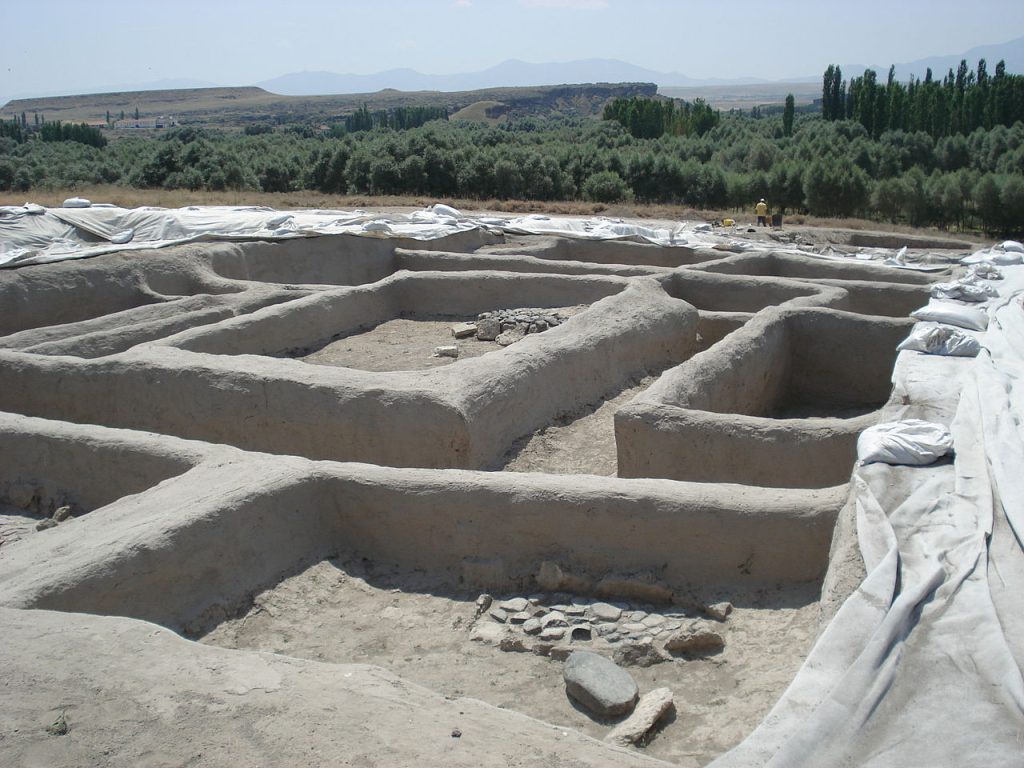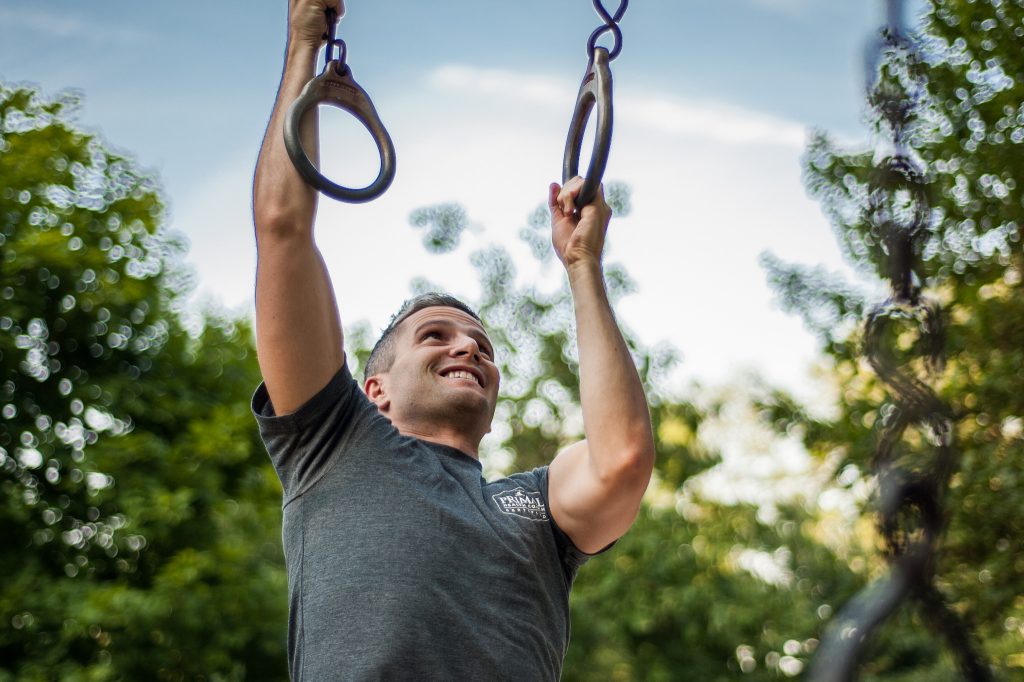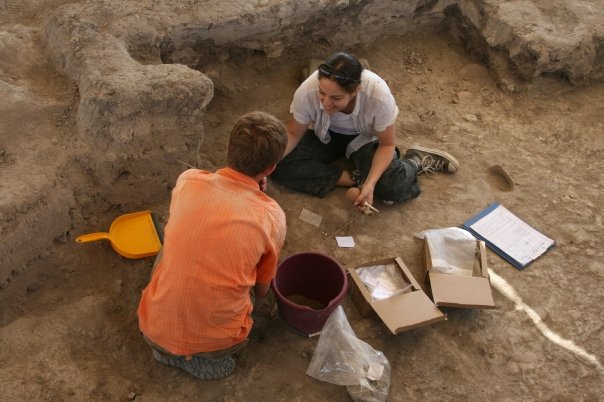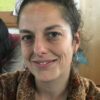Were We Ever Paleo Perfect?
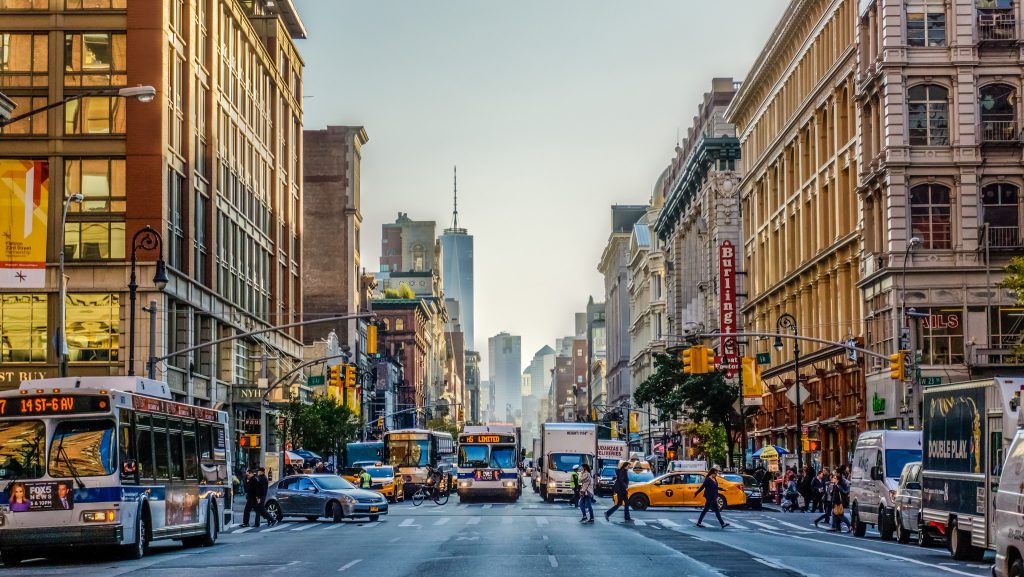
Excerpted from Built on Bones: 15,000 Years of Urban Life and Death by Brenna Hassett. Bloomsbury Sigma, 2017. All rights reserved.
The amount of time humans have spent living in cities is an infinitesimal speck in the scope of hominid evolution. It took our species something like 200,000 years to get around to trying out living in the same place all year round. Then, it took thousands of years of experimentation for those patchy early settlements to become the cities we recognize today, and it’s just in these last few years that the number of city dwellers has finally outstripped that of our country cousins. We are now officially an urban planet—but why did it take us so long to get here? If cities are so great, why are they full of things that kill us? Urban life serves up a terrifying cocktail of the most dangerous things known to our species—disease, inequality, and, of course, other people. It’s not unreasonable to ask: Why have we made cities this way?
However, there is a better question, and it’s one that you can only ask with a bit of patience and a whole lot of dead people on your hands. If we look at the lives and deaths of people through all the different experimental stages of urban life, we can start to see some very interesting patterns in these urban pioneers. Patterns of disease. Patterns of malnutrition. Shrinking faces and growing numbers. Broken backs, broken skulls, bone missing where you want it and piling up where you don’t—the speechless generations of the past still have quite a story to tell. It’s through the skeletal remains of the city dwellers of the past that we can answer the question this book asks, and it matters to everyone alive today: Why have cities made us this way?
It’s fairly simple to look out of a 21st-century window at a sky full of hazy smog, over the glare of fossil fuel–powered lights and particulate-belching vehicles, and come to the conclusion that cities are a hazard to human health. Are we really prepared to declare that the barely 2 percent of time our species has spent on earth experimenting with cities is the way of the future, or are our current urban lives just one more pit stop along the long trail of hominin wandering? Weren’t we happier then?
Look at them. Just there. Coming over the ridge, at first silhouetted starkly against the rising sun but with the details of their bodies edging into visibility as they break the top of the dune and begin their descent. He (and we must always talk about him first because androcentrism is a paleo tradition) is a paragon of human virtue. He is whippet-lean, with tight bulging calves and washboard abs. His hair, depending on your personal taste, might be in a man bun, with sun-kissed flyaway strands held back by some sort of musk ox leather hairband; or maybe he’s got neat dreads that really frame his face. She, on the other hand, is more difficult to describe, largely because she’s got children strapped to most of her body, covering the bits that the weirdly tiny and ragged scraps of animal hide she’s wearing don’t, and is carrying yet another infant in her admittedly well-muscled arms. He, by contrast, gets a spear and one of those shell necklaces surfer guys wear. This, ladies and gentlemen, is the wave of the future past. Lean, low-fat bodies, natural-fiber clothing, and full attachment parenting. Our model couple, meandering across the dunes of my advertising-and-Raquel-Welch-blighted imagination, are the absolute apogee of what our modern neuroses tell us life was like when we lived “naturally.” Those washboard abs (his and hers, which you can see if she detaches the middle-sized child temporarily) are the product of eating a “paleo diet,” those enviable leg muscles the product of “barefoot” exercise, and the brood of happy children the product of (and yes, I swear to you now, this is an actual thing) “paleo parenting.”
What a lovely image. How far removed from the depressing sight of yet another overweight family group fighting in their car outside a drive-thru fast-food restaurant. The proponents of the paleo diet tell us that, if those harassed and harried parents in the leased minivan just gave up the burger bun and went for the “animal-style” option, his incipient diabetes and her chronic gut issues would simply disappear, and they’d both be left with nothing but toned muscles, glowing skin, and glossy hair. Paleo-lifestyle advocates, like those who reject shoes or letting your toddler take his attention issues out on an iPad rather than your frayed last nerve, have similar advice. It comes from a thousand corners of the internet, magazines, TV, and talk shows—the not-so-subtle message that we’ve all become a little too modern for our own good. Too settled, too sedentary, too dependent on our easy carbs and cushioned walkwear.
But are they right? If we can look around at how we live now and see that, in many ways, it’s killing us—well then, why are we doing it? Why do we live in our big cities, with our Big Gulps and our bigger bellies? There’s a quick answer and a longer one. This book, I hope, is the longer one, but we can get a short answer just by zooming in on our paleo couple as they trudge across the savanna. What do we really know about them? We can imagine what we like, but how can we get real information on what it was like to live as a hunter-gatherer? It’s actually not that hard. Archaeology, as most people will know, is the science of re-creating the human past. Bioarchaeology, which most people ought to be forgiven for never having heard of, is the science of reconstructing lives in that human past. Bioarchaeology takes the remains of living things, such as skeletons and teeth (but even potentially hair, skin, and nails), and from the wealth of information locked inside the structure, composition, shape, and size of these ancient clues, tells us how people (and animals) lived and died in the past. Human remains can tell us about life in the past to an unbelievable level of detail. For instance, let’s look back at our paleo parents.
Take a closer look at Spear Guy. How tall is he? Actually, fairly tall—around 1.79 meters, or about 5 feet 9 inches. When archaeologists find his bones in 15,000 years’ time, they will take careful measurements of all of his limb bones—the femur, the humerus, the tibia—and will plug these measurements into a formula that will estimate his height. Those muscle-bound limbs we’ve been seedily admiring will also show up but this time with the help of a machine. By CT scanning his bones, bioarchaeologists can reconstruct his bone density, giving us a clue as to whether he was more couch potato or rolling stone. On the outside of his bones, more clues about activity abound. Take a look at his arms, especially the one he holds the spear in. Where his most pronounced musculature is in life, so will it be in death—the places on his arms where those spear-thrusting or throwing muscles attach will be more marked than on his gender-stereotyped partner, who presumably isn’t stabbing or throwing the kids she’s carrying in quite the same way as she would a spear.
Now, let’s take a look at his teeth. Uff. Well, here’s where the paleo-diet folks might want to start looking around for another model. Our friend here has certainly got teeth, and while they’re not the 32 your modern dentist would expect, because a few of them have fallen out by now, they’re not doing so bad. Of course, they’re not very pearly white—they’re not very anything: The big chewing teeth in the back have been worn nearly flat, and his front teeth have been deliberately pulled out sometime in his teens—because even hunter-gatherers have insane fashion trends. That wear on his teeth tells us that he’s no longer a spring chicken, something we find further proof of as we delve into the bony remnants of his vertebrae, his elbows, and his knees. Joint disease was creeping up on Spear Guy, a considerable achievement considering that human life expectancy in the Paleolithic period we are considering was closer to 40 than 100 and many of his contemporaries would have lived and died without having had the time to develop age-related illnesses.
Well, Spear Guy may have some issues, but how about Raquel there? Her bones and teeth tell a similar story of an active, wearing lifestyle, but it’s the three kids she’s hauling that really impress. And well they should: Modern hunter-gatherers usually have children spaced fairly well apart. The reasons for this aren’t quite so straightforward, but allow Raquel to demonstrate the basic principle by attempting to feed infant C while toddler B is strapped to her chest and child A is grabbing her hand and periodically trying to climb her legs like she’s some sort of Ent. Arranging the sling holding the bulk of toddler B to one side, she attempts to bring infant C closer, but at the same time child A makes an aggressive landing on her left leg and begins to scale the side of her body currently weighted down with fidgeting toddler B. There is a brief and glorious moment when her taut, tensed muscles appear as though they might take this final strain, calves bunched against the weight and arms straining to hold infant C to her chest. But alas, the whole breeding edifice comes tumbling down, sending mother and children A through C headfirst into the nearest sand dune for maximal comedic effect. There are those among you with better sensibilities than the illustrators of most “paleo” books who might ask why Spear Guy didn’t, you know, put down the spear and carry the baby for a bit or something … but obviously that would spoil the image.
The point I’m laboriously trying to make here is that what we think of when we envision the human past is partly a myth that tells more about where we think we’re going wrong with our own lives today than anything that happened thousands and thousands of years ago. Marlene Zuk, a behavioral ecologist and evolutionary biologist, wrote a brilliant exposé on “paleo fantasy” in a book of the same name, which discusses exactly this point. But what we’re interested in here isn’t just a takedown of some ridiculous celebrity-fuelled diet or fashion trend. What we want to know is: What happened to Spear Guy and Raquel? Why did they decide to give up on the big savanna and start spending their time over at the river’s edge, swapping a never-ending horizon for the more manageable commute associated with settled life? And what did that decision do to his leg muscles or her baby-juggling skills? Because we can look at the couple eating fast food in their car in a nameless city, success stories and paragons of human achievement in terms of the race to urban living that has characterized the last 15,000 or so years of human history, and we can look at the legions and legions of our ancestors who died along the way to that fast-food parking lot, and see, locked away in the cells and structures of bones and teeth and hair and skin, that we haven’t just built cities. Cities have built us.
This book looks at human adaptation in the face of human invention. It also tries to unpack some of the factors that underlie our urban lives to see which might be killing us and which might not be so bad. Some of the things we know about cities in the modern world can be traced right back to their beginnings, like the role that inequality plays in determining who dies in a slum and who gets top-flight medical care. The story of humans in cities is, if you like, a kind of microevolutionary tale, one that we can read if we follow Monty Python’s advice and start bringing out the dead. With bioarchaeology, we have the unique opportunity to get a very inside look at what the move from savanna to city has done to our bodies and our health, from slightly before the very beginning some 15,000 years ago until the Industrial Revolution and the start of our modern age.

































